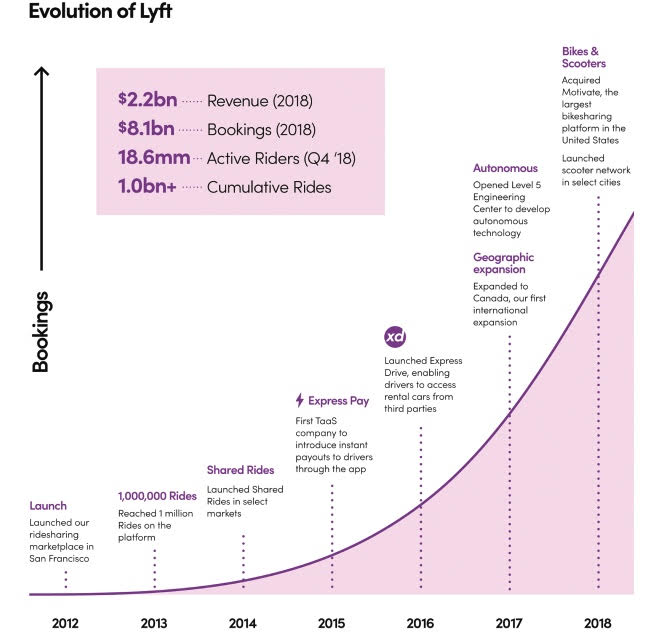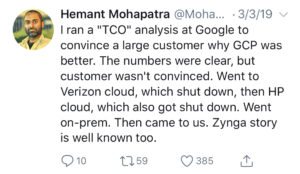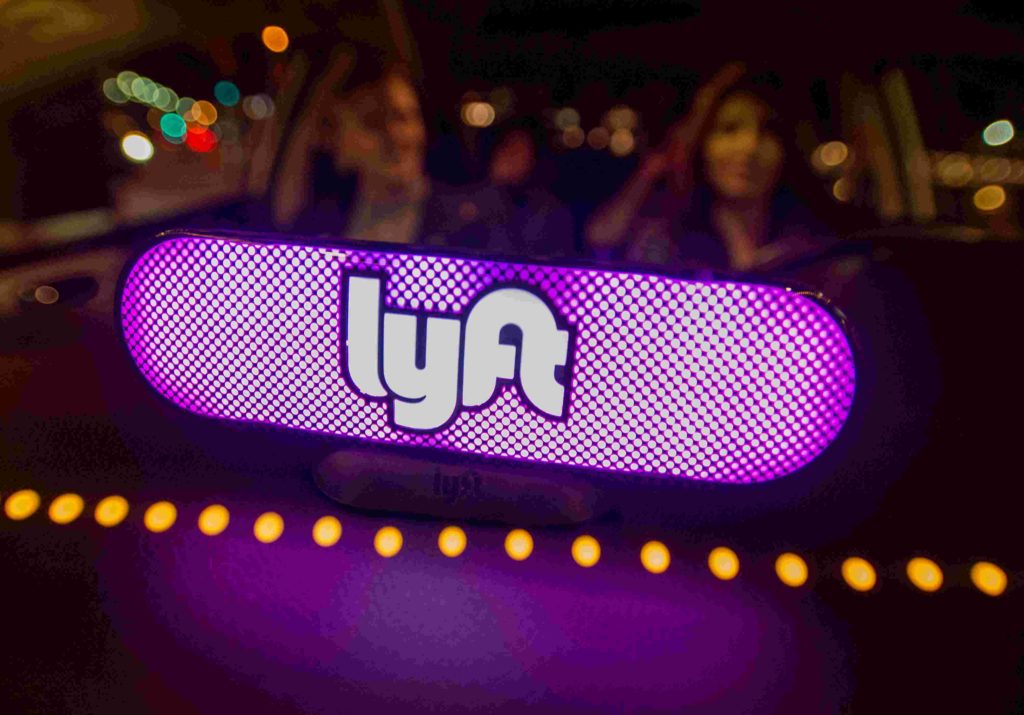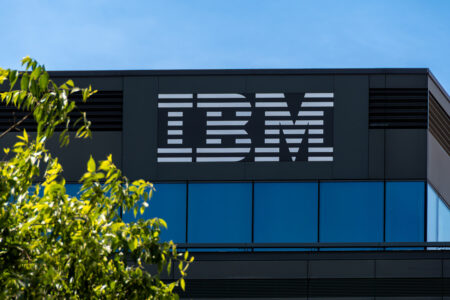A fascinating round of discussions about the value of high-scale IT in the cloud began recently, when Lyft disclosed it pays AWS almost $100 million per year to run its all of its infrastructure in the cloud.
- Is that price too high, too low, or just right?
- Should Lyft look to claw back some of that cost by building its own data centers?
- Should Lyft follow the model of massive-demand companies like Netflix and arbitrage its infrastructure across both AWS and its own infrastructure?
- What could Lyft get for $100 million if it tried recreate on its own what AWS currently provides?
- And, broadly, at these extreme levels of scale, is the cloud a force-multiplier for Lyft or has it become an expensive habit that’s become simply too hard to break?
We’ve become conditioned to believe—often without much deliberation—that of course, the cloud’s better-faster-cheaper, and of course, AWS can deliver world-class infrastructure and data-management services more reliably and more capably than any customer-side company could possible match.
But is all that true? As the digital revolution moves into full swing and the size and scale of data-driven businesses like Lyft push the demands on data centers and applications and networks beyond what anyone could imagine only a few years ago, does cloud still present the optimal approach?
In the case of Lyft, which was born on AWS seven years ago and is still fully committed to AWS, the ride-sharing company offers an unconditional “yes” in answer to those questions. (The disclosure about Lyft buying $8 million worth of Amazon Web Services cloud services every month to run its business came in the S1 document Lyft recently filed with the SEC in advance of a planned IPO.)

That’s also certainly the conclusion of venture capitalist Hemant Mohapatra, who on March 3 spun an elegant and compelling thread on Twitter that breaks down the costs, probes the alternatives, poses some hard questions, and ultimately declares that Lyft’s couldn’t possibly create on its own what it gets from AWS for its monthly bill of $8 million. (The link above goes to an easy-to-read version on ThreadReader; if you’d prefer the original Twitter version, it’s here.)
Unlike some of the, uh, reality-challenged drivel that pervades much of Twitter, the arguments Mohapatra poses are informed and relevant: he’s a former high-level engineering leader at Google Cloud who spent years creating and understanding hyperscale infrastructure before becoming a VC.
His block-by-block analysis covers some of the obvious costs as well as costly issues, then moves on to the inevitable and dangerous “loss of focus” and momentum during the 12-24-month physical buildout as the company is consumed by complying with fire codes and building permits instead of with what customers want and need; then the ongoing costs of real estate, taxes, heating, cooling, power, biometric security and more; then the inevitable need to scale up to prepare to meet future needs; then the wicked gotcha of buying and laying fiber; and several other critical issues.
I’ll offer one tweet from Mohapatra’s thread, and then I heartily recommend you read the whole thing—it takes about 3 minutes but is bracing, eye-opening and highly valuable for anyone involved in big-time decisions about the cloud, either as a customer or as a vendor.
Toward the end of his thread, Mohaptra writes:

Now, no matter what size company you are, $8 million is $8 million—and $100 million per year should buy you a lot in return. Clearly, no one believes that more strongly than Lyft, which is still deeply committed to AWS.
If you’d like to get a quick sense of what the early days of the Lyft-AWS relationship were like, and of how Lyft’s CTO believes AWS was indispensable through the first four years of Lyft’s existence, check out this testimonial video made in August 2016 as Lyft CTO Chris Lambert chronicles some of the company’s challenges and milestones during its early days.
One anecdote from that video as told by Lambert: “The first Lyft ride happened on May 31, 2012. The two engineers who built the first prototype weren’t really sure how it was going to work in production—would the state machine actually work? Would the ride actually happen?”
So when the team at Lyft HQ in San Francisco saw the log indicating the passenger had been dropped off, they called the driver to double-check. Lambert: “So we said, ‘Hey, this is Lyft—did you drop Daryl off?’ And the driver says, ‘Yeah, I dropped him off—he just got out of the car.’
“I don’t know who was more surprised—the engineers that this actually worked, or the driver that they’re gonna get a call after every single dropoff.”
*******************
RECOMMENDED READING FROM CLOUD WARS:The World’s Top 5 Cloud-Computing Suppliers: #1 Microsoft, #2 Amazon, #3 Salesforce, #4 SAP, #5 IBM
Amazon Versus Oracle: The Battle for Cloud Database Leadership
As Amazon Battles with Retailers, Microsoft Leads Them into the Cloud
Why Microsoft Is #1 in the Cloud: 10 Key Insights
SAP’s Stunning Transformation: Qualtrics Already “Crown Jewel of Company”
Watch Out, Microsoft and Amazon: Google Cloud CEO Thomas Kurian Plans To Be #1
The Coming Hybrid Wave: Where Do Microsoft, IBM and Amazon Stand? (Part 1 of 2)
Oracle, SAP and Workday Driving Red-Hot Cloud ERP Growth Into 2019*********************
Subscribe to the Cloud Wars Newsletter for twice-monthly in-depth analysis of the major cloud vendors from the perspective of business customers. It’s free, it’s exclusive, and it’s great!









